Healthy Cooking
How to Make Delicious Low-Carb Meals: Healthy and Tasty
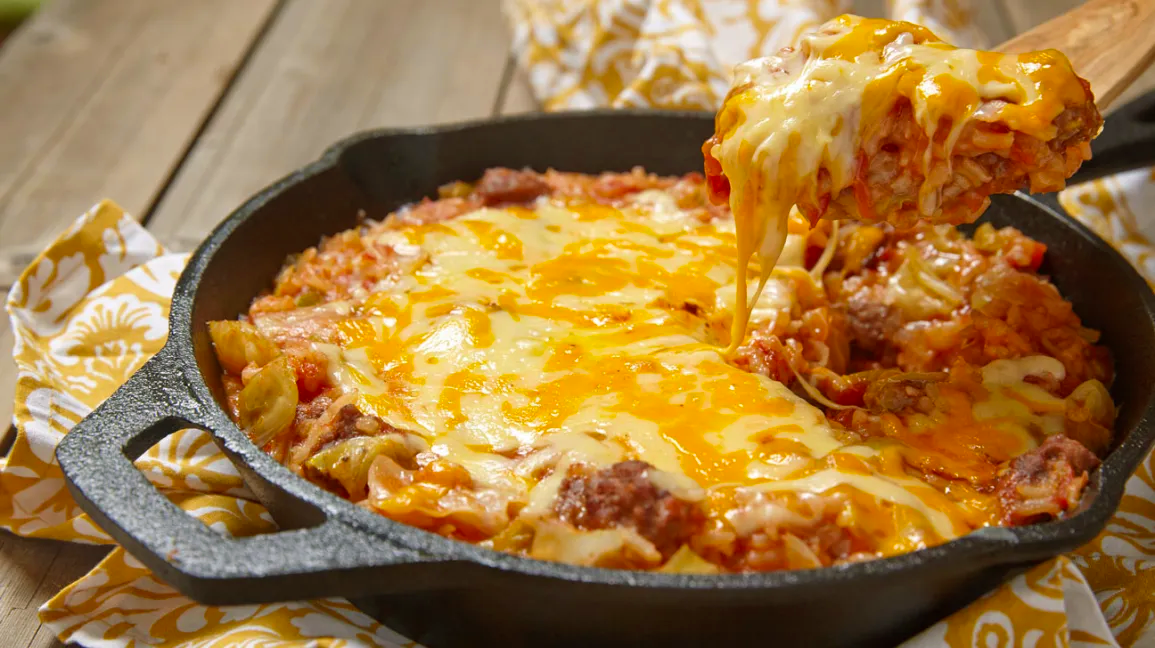
The Benefits of Low-Carb Diets and Why You Should Consider Them
In today’s fast-paced world, maintaining a healthy lifestyle can be challenging, but adopting a low-carb diet might just be the game-changer you need. The benefits of low-carb diets extend far beyond simple weight loss. By reducing your carbohydrate intake, you can experience a myriad of health advantages that make this dietary approach worth considering.
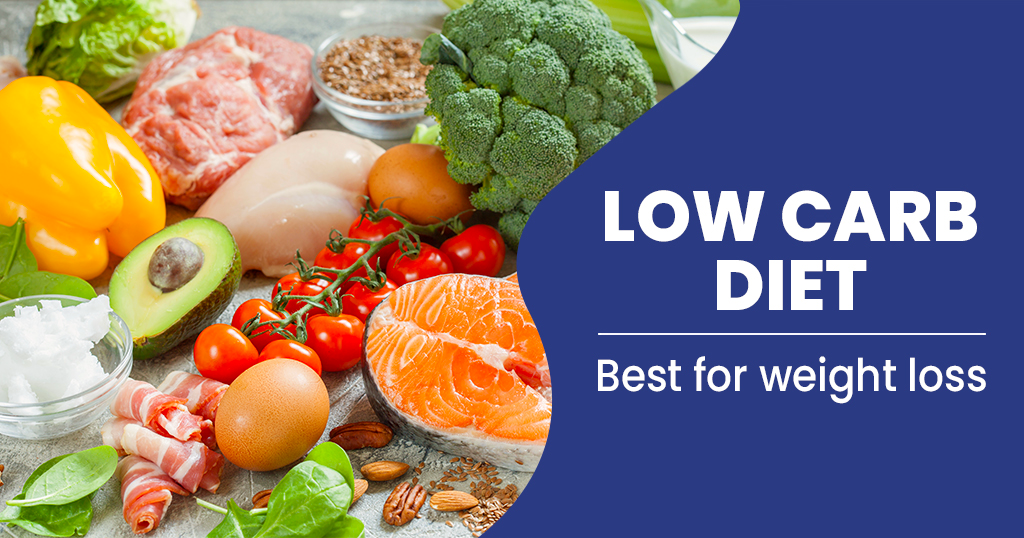
One of the most significant benefits of a low-carb diet is its effectiveness in promoting weight loss. By cutting down on carbs, your body shifts from burning glucose for energy to burning stored fat—a process known as ketosis. This not only helps shed those extra pounds but also ensures more stable energy levels throughout the day.
Healthy eating is another cornerstone of the low-carb lifestyle. When you prioritize proteins and healthy fats over refined sugars and grains, you’re less likely to experience blood sugar spikes and crashes. This helps in maintaining steady insulin levels, which is crucial for long-term health and well-being.
The benefits of low-carb diets aren’t limited to weight management alone. Many individuals report improved mental clarity and focus as their bodies adapt to this new way of eating. Additionally, reducing carb intake has been linked to better cardiovascular health by lowering bad cholesterol levels and increasing good cholesterol.
Incorporating a low-carb lifestyle doesn’t mean depriving yourself; it means making smarter food choices that nourish your body more effectively. With so many compelling reasons to give it a try, why not consider embracing the benefits of a low-carb diet for a healthier, more vibrant life?
Understanding Carbohydrates: What to Avoid and What to Include in Your Diet
Carbohydrates often get a bad rap, but understanding the difference between good and bad carbs can transform your diet and overall health. It’s essential to know which carbohydrate foods to avoid and which ones to include for a balanced lifestyle.
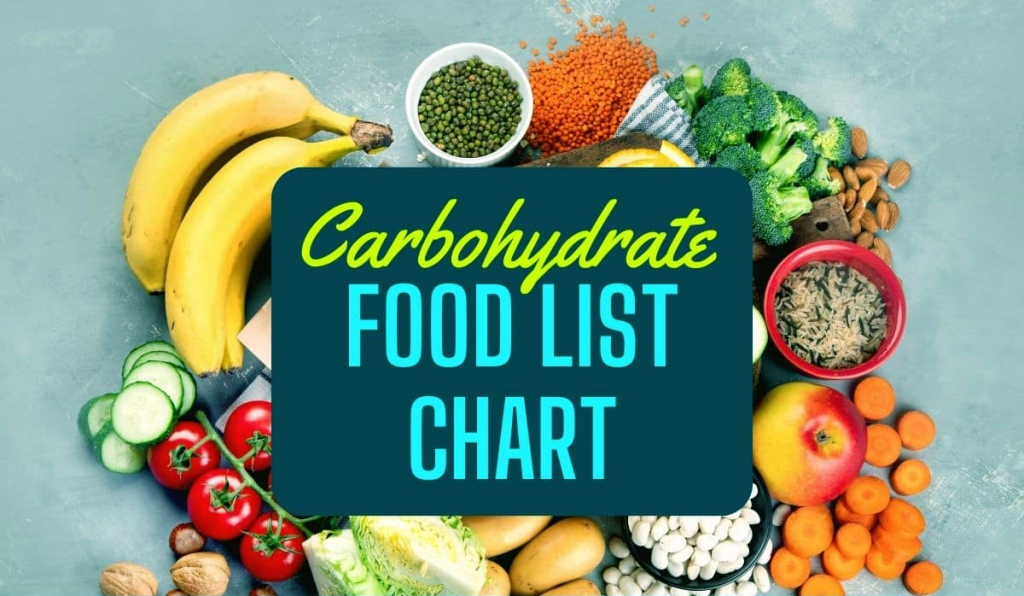
Let’s tackle the carbohydrate foods list you should be wary of. Refined carbs like white bread, pastries, sugary cereals, and soda are packed with empty calories that offer little nutritional value. These bad carbs can spike your blood sugar levels and lead to energy crashes.
On the flip side, healthy carbs are your best friends. Whole grains such as quinoa, brown rice, and oats provide sustained energy without the harmful spikes. Fruits like apples and berries not only satisfy your sweet tooth but also deliver essential vitamins and fiber.
For those looking for low-carb alternatives without sacrificing taste or nutrition, consider swapping out traditional pasta for zucchini noodles or using cauliflower rice instead of white rice. These options allow you to enjoy your favorite dishes while keeping carb intake in check.
Recognizing good vs bad carbs is crucial for making informed dietary choices. By focusing on healthy carbs and exploring low-carb alternatives, you set yourself up for long-term wellness and vitality.
Staple Ingredients for Delicious Low-Carb Meals: Must-Haves in Your Kitchen
When embarking on a low-carb journey, having the right ingredients in your kitchen can make all the difference. Not only will these staples help you whip up delicious meals, but they’ll also ensure you stay on track with your dietary goals. Here’s a rundown of must-have items for a low-carb pantry that promises variety and flavor.
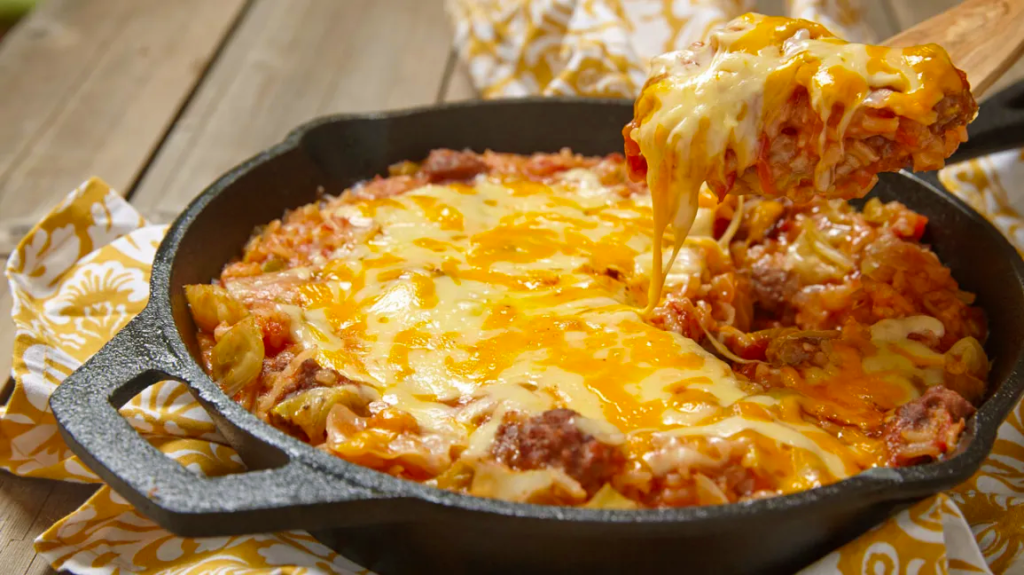
First on the low-carb ingredients list are healthy fats like olive oil, coconut oil, and avocado oil. These oils not only add richness to your dishes but also keep you satiated longer. Next, stock up on keto-friendly ingredients such as almond flour and coconut flour—perfect substitutes for traditional flours in baking and cooking.
Protein is another crucial component of any low-carb diet. Keep your pantry filled with canned tuna, salmon, and chicken breast for quick meal options. Don’t forget to include nuts and seeds like almonds, chia seeds, and flaxseeds; they offer both crunch and nutritional benefits.
For those sweet cravings without the sugar spike, sugar-free options like stevia or erythritol are essential. These natural sweeteners allow you to enjoy desserts without compromising your carb count.
Don’t overlook pantry essentials such as spices and herbs. Garlic powder, paprika, oregano—these can transform any simple dish into a culinary masterpiece while keeping it low in carbs.
By ensuring these staple ingredients are always within reach, you’ll be well-equipped to create mouthwatering meals that align perfectly with your low-carb lifestyle.
Mouth-Watering Low-Carb Breakfast Ideas to Kick start Your Day Right
Are you tired of the same old breakfast routine and looking to switch things up with something both delicious and healthy? Look no further! Incorporating low-carb breakfast recipes into your daily regimen can not only tantalize your taste buds but also fuel your body with the right nutrients to kick start your day on a high note.

One of the best keto breakfast ideas is a classic avocado and egg combo. Simply slice an avocado in half, remove the pit, and crack an egg into the hollowed-out center. Bake until the egg whites are set, and you’ve got a creamy, high-protein breakfast option that’s packed with healthy fats.
Another fantastic option is a spinach and feta cheese omelet. This dish is not only incredibly easy to make but also brimming with flavor. The spinach provides essential vitamins while feta cheese adds a tangy twist without any added sugar—making it one of the perfect sugar-free breakfast foods.
If you’re craving something sweet yet still want to keep it low-carb, consider making almond flour pancakes. These fluffy delights are made from almond flour instead of traditional wheat flour, keeping them keto-friendly while satisfying your morning sweet tooth.
By integrating these mouth-watering low-carb breakfast recipes into your diet, you’ll be well on your way to achieving sustained energy levels and staying full longer throughout the day. So why wait? Give these high-protein breakfast options a try and transform your mornings for good!
Satisfying Low-Carb Lunches That Keep You Full Without the Extra Carbs
When it comes to maintaining a healthy lifestyle, finding satisfying low-carb lunch recipes can be a game-changer. Not only do they keep you energized throughout the day, but they also help you avoid that dreaded mid-afternoon slump. Imagine diving into a delicious meal that’s both nutritious and filling without the extra carbs weighing you down.
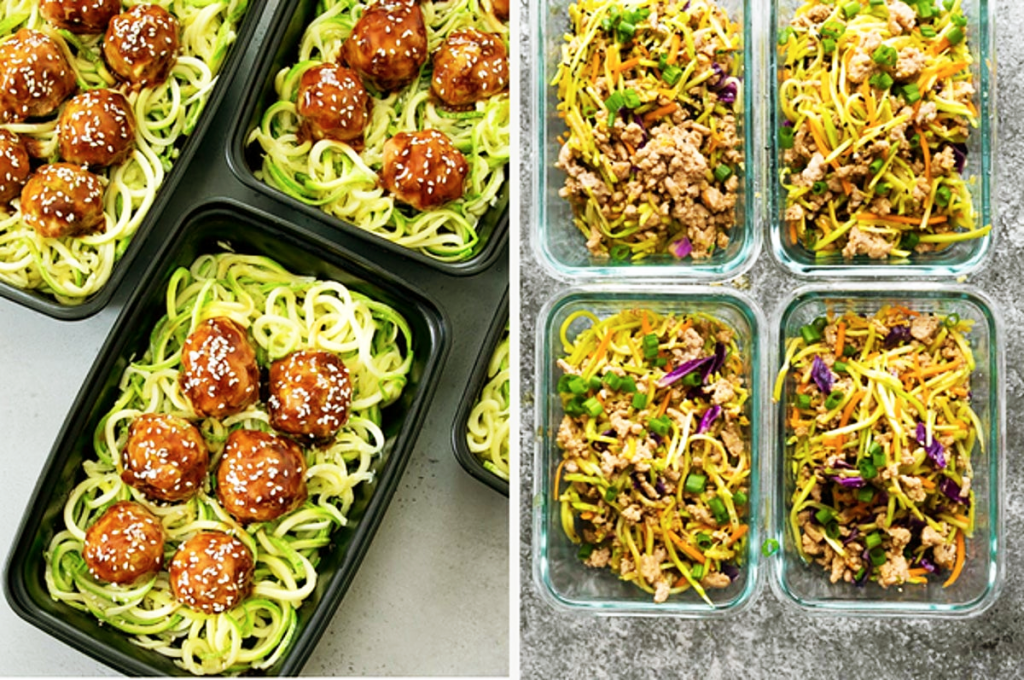
One of the best parts about low-carb lunches is their versatility. Whether you’re looking for healthy lunch ideas for work or planning your weekly meal prep, there’s an abundance of options to explore. From hearty salads loaded with fresh veggies and lean proteins to flavorful wraps using lettuce leaves instead of tortillas, you’ll never feel deprived.
Consider trying a zesty chicken avocado salad or a turkey and cheese roll-up with crunchy cucumber slices on the side. These meals are not only quick to prepare but also perfect for those busy workdays when time is of the essence. Plus, prepping your low-carb lunches in advance ensures you have control over what you’re eating, helping you stay on track with your health goals.
So why settle for bland or uninspiring meals? With these innovative and satisfying low-carb lunch recipes, you’ll find it easier than ever to enjoy delicious food while keeping those extra carbs at bay.
Dinner Recipes for a Perfect End to Your Day Without Overloading on Carbs
Are you tired of ending your day feeling overly full and sluggish? It’s time to revolutionize your dinner routine with low-carb dinner recipes that are both satisfying and easy to prepare. Imagine enjoying a delicious meal that keeps you energized, fits seamlessly into your busy schedule, and supports your health goals. Here’s why you should make the switch to these fantastic keto dinners.
First on the list is a classic favorite: Grilled Lemon Herb Chicken paired with a fresh avocado salad. This dish is not only packed with flavor but also incredibly simple to make. The chicken, marinated in lemon juice, garlic, and herbs, grills up quickly while preserving its juicy tenderness. Paired with creamy avocado and crisp vegetables, it’s a meal that feels indulgent without the carb overload.
Next up is Zucchini Noodles with Pesto Shrimp—a perfect example of how low-carb doesn’t mean low taste. Spiralizer zucchini serves as an excellent pasta substitute, offering all the twirl-worthy satisfaction without the carbs. Tossed in a homemade basil pesto sauce and topped with succulent shrimp, this dish comes together in under 30 minutes for an easy and quick meal that will leave you feeling light yet satiated.
For those who crave something hearty without sacrificing their diet goals, try Cauliflower Rice Stir-Fry. Loaded with colorful veggies like bell peppers, broccoli, and snap peas along with tender pieces of chicken or tofu, this stir-fry is as versatile as it is delicious. The cauliflower rice absorbs all the rich flavors from soy sauce and ginger while keeping your carb intake in check.
These low-carb dinner recipes prove that you don’t have to compromise on flavor or satisfaction when aiming for healthier eating habits. By incorporating these easy keto dinners into your nightly routine, you’ll enjoy meals that are not only quick to prepare but also perfectly aligned with your wellness journey—making every evening meal something to look forward to!
Tasty Snacks and Desserts That Won’t Break Your Carb Bank
When it comes to maintaining a healthy lifestyle, finding tasty snacks and desserts that won’t break your carb bank can be a challenge. But fear not! There are plenty of delicious low-carb snack ideas and keto desserts that will satisfy your cravings without compromising your diet.

First on the list are high-protein snacks like cheese sticks, beef jerky, and hard-boiled eggs. These options are not only low in carbs but also packed with protein to keep you feeling full and energized throughout the day. Pair them with some crunchy veggies like cucumber slices or bell pepper strips for an added nutritional boost.
For those with a sweet tooth, sugar-free treats can be a game-changer. Consider indulging in keto-friendly desserts such as almond flour brownies or coconut flour cookies. These delectable treats use natural sweeteners like stevia or erythritol, ensuring you enjoy the sweetness without the sugar spike.
Another fantastic option is Greek yogurt topped with fresh berries and a sprinkle of chia seeds. This combination provides a creamy texture, natural sweetness from the berries, and an extra dose of fiber from the chia seeds—all while keeping your carb intake in check.
Don’t let high-carb temptations derail your progress. With these low-carb snack ideas and keto desserts at your fingertips, you can enjoy satisfying treats that align perfectly with your health goals. So go ahead—indulge wisely and stay on track!
Conclusion: Start Making Delicious Low – Carb Meals Today for a Healthier You
Embarking on a low-carb journey doesn’t mean you have to sacrifice flavor or enjoyment in your meals. In fact, it’s quite the opposite. By incorporating fresh ingredients, experimenting with spices, and exploring new recipes, you can create mouthwatering dishes that not only satisfy your taste buds but also support your health goals.
Low-carb eating has been shown to aid in weight management, improve blood sugar levels, and boost overall energy. Imagine feeling more vibrant and healthier simply by making smarter food choices! With countless resources available—from cookbooks to online communities—there’s never been a better time to dive into the world of low-carb cuisine.
Healthy Cooking
10 Healthy Meals Prep Recipes for People Who Hate Salad
Eating healthy Meals doesn’t have to mean endless bowls of greens. This recipe collection is packed with flavor, variety, and creativity—perfect for anyone wanting to enjoy delicious, nutritious meals without a salad!
Description: A colorful filling bowl featuring quinoa, roasted rainbow veggies, and a zesty lemon-tahini dressing. This fiber-rich powerhouse is perfect for satisfying hunger while providing a balanced mix of protein, carbs, and healthy fats.
Key Ingredients: Quinoa, roasted bell peppers, zucchini, chickpeas, and tahini dressing.
Nutritional Information (Per Serving):
Calories: 400 | Protein: 15g | Carbs: 45g | Fat: 18g
Description: This vibrant stir-fry brings tofu, broccoli, and bell peppers in a flavorful ginger-soy sauce. Quick to make and perfect for a low-carb, protein-rich meal.
Key Ingredients: Firm tofu, broccoli, cauliflower rice, soy/ginger sauce.
Nutritional Information (Per Serving):
Calories: 350 | Protein: 20g | Carbs: 15g | Fat: 16g
Description: Mediterranean-style stuffed peppers brimming with lentils, quinoa, and feta, all baked in a rich tomato sauce. Gluten-free and protein-packed—the perfect warm and hearty meal.
Key Ingredients: Bell peppers, quinoa, lentils, feta cheese, tomato sauce.
Nutritional Information (Per Serving):
Calories: 400 | Protein: 18g | Carbs: 40g | Fat: 11g
Description: Spice up your routine with these tempeh tacos wrapped in crisp lettuce leaves and topped with fresh avocado and lime-cilantro slaw. A low-carb, guilt-free meal packed with bold flavors.
Key Ingredients: Tempeh, lettuce wraps, avocado, cabbage slaw, lime dressing.
Nutritional Information (Per Serving):
Calories: 320 | Protein: 16g | Carbs: 12g | Fat: 22g
Description: A light and refreshing low-carb pasta alternative made with zucchini noodles, fresh cherry tomatoes, and fragrant basil pesto, topped with pine nuts for added crunch.
Key Ingredients: Zucchini noodles, basil pesto, cherry tomatoes, pine nuts.
Nutritional Information (Per Serving):
Calories: 250 | Protein: 7g | Carbs: 10g | Fat: 21g
Description: Roasted spiced cauliflower served with a tangy harissa yogurt sauce and fresh Greek salad. This dish is a bold, flavorful nod to Mediterranean cuisine and is entirely gluten-free and low-carb.
Key Ingredients: Cauliflower, Greek yogurt, harissa, cucumber, cherry tomatoes.
Nutritional Information (Per Serving):
Calories: 300 | Protein: 10g | Carbs: 18g | Fat: 20g
Description: A hearty combination of roasted sweet potatoes, crispy chickpeas, and a creamy avocado-lime dressing. Perfectly balanced and loaded with plant-based nutrients to fuel your day.
Key Ingredients: Sweet potatoes, chickpeas, kale, avocado-lime dressing.
Nutritional Information (Per Serving):
Calories: 420 | Protein: 12g | Carbs: 50g | Fat: 16g
Description: Cozy up with this nourishing lentil and spinach soup, lightly spiced with turmeric, for added anti-inflammatory benefits. Perfect for meal prep and highly nutritious.
Key Ingredients: Lentils, fresh spinach, turmeric, vegetable broth, garlic.
Nutritional Information (Per Serving):
Calories: 280 | Protein: 19g | Carbs: 35g | Fat: 5g
Description: A delightful, gluten-free twist on eggplant Parmesan. This dish features a crunchy quinoa crust with marinara sauce and fresh arugula.
Key Ingredients: Eggplant, cooked quinoa, Parmesan cheese, marinara sauce.
Nutritional Information (Per Serving):
Calories: 380 | Protein: 18g | Carbs: 28g | Fat: 18g
Description: Crispy, golden quesadillas filled with creamy avocado and hearty black beans, served alongside fresh salsa and guacamole. An easy, satisfying addition to your meal prep.
Key Ingredients: Corn tortillas, black beans, avocado, salsa, guacamole.
Nutritional Information (Per Serving):
Calories: 390 | Protein: 13g | Carbs: 40g | Fat: 18g
Meal Prep Tips for These Recipes
To make these recipes even easier to fit into your busy schedule, keep these meal prep tips in mind:
- Batch Cook your grains, legumes, and roasted vegetables ahead of time.
- Chop Your Veggies in advance to make assembling these dishes a breeze.
- Invest in Quality Containers to store your meals and keep them fresh throughout the week.
- Mix It Up by repurposing leftovers into different combinations to keep things exciting.
These creative recipes keep your meal prep fun, flavorful, and empowering. Healthy eating without salads? Mission accomplished!
Uncategorized
Are Factor Meals Healthy? A Comprehensive Analysis
Factor Meals has become a popular choice among busy individuals who prioritize convenience without compromising on nutrition. But are Factor meals truly healthy, and how do they stack up against similar meal service providers? This detailed guide explores the nutritional content, dietary options, and comparisons with other services to help you determine if Factor is the right fit for your lifestyle.
What Are Factor Meals?
Factor is a subscription-based meal delivery service specializing in fresh, chef-prepared meals designed to cater to various dietary preferences. Their meals arrive fully cooked, requiring just a quick microwave or oven heat-up. Known for their emphasis on health-conscious ingredients, Factor offers options for gluten-free, keto, vegetarian, and low-carb diets.
But nutritional value is what ultimately determines whether a meal is truly healthy. Let’s break it down.
Nutritional Analysis of Factor Meals
1. Total Calorie Content & Macronutrient Breakdown
Factor meals typically range from 400 to 700 calories per serving, making them suitable for those seeking balanced, calorie-conscious meals. Here’s a breakdown of macronutrient levels:
- Protein: Factor excels in high-protein meals with most meals offering 30–50 grams of protein, ideal for muscle repair and maintenance. This makes Factor particularly appealing to individuals on high-protein diets such as keto or fitness enthusiasts.
- Carbohydrates: Meals generally provide 15–35 grams of carbs, with low-carb options catering to diets like paleo or keto. Their low-carb meals are designed to help control blood sugar levels and support weight management.
- Fats: Fat content varies widely, from 20 to 45 grams, depending on the meal type. Healthy fats from sources like avocados, olive oil, and nuts are commonly used, but some higher-fat meals may not suit everyone’s health goals.
2. Fiber Content
Many Factor meals include vegetables and whole ingredients rich in fiber, with each meal delivering around 4–8 grams. While this is adequate, those requiring higher fiber intake may need to supplement their diets with additional greens or whole grains.
3. Sodium Levels
One area to watch with Factor is sodium content, which ranges between 600–1,200 mg per meal. While this is comparable to other prepared meal services, it may raise concerns for individuals managing high blood pressure or limiting sodium.
4. Vitamin & Mineral Density
Factor meals tend to be nutrient-dense, providing a variety of vitamins and minerals essential for overall health. Meals featuring leafy greens, seeds, and lean proteins often contain adequate calcium, iron, vitamin C, and B vitamins. However, as nutrient specifics aren’t listed on every meal, those with strict nutritional needs may find this limiting.
5. Added Sugars & Saturated Fat
Factor earns points for prioritizing whole foods and generally minimizing added sugars (less than 5 grams per meal). However, saturated fat levels can vary, especially in meals heavy in cheeses, cream-based sauces, or fatty cuts of meat. Most options keep saturated fat within 5–15 grams, aligning with recommended daily intake for most individuals.
6. Cholesterol Content
Cholesterol levels hover around 50–150 mg per meal, driven primarily by animal protein sources like eggs, cheese, and fatty meats. While cholesterol isn’t as much of a concern for most people as previously believed, those closely monitoring it should check individual meal labels.
Dietary Preferences and Accommodations
Factor offers a wide range of personalized dietary choices tailored to specific needs.
Gluten-Free
Factor meets Celiac-Friendly Standards and offers plenty of certified gluten-free meals, ensuring a delicious experience for those with gluten sensitivities.
Low-Carb
One of Factor’s most popular features is its focus on low-carb and keto options. Meals such as their “Keto Chicken Alfredo” are crafted to provide substantial fat and protein while staying under 20 grams of net carbs.
Vegetarian
Factor also accommodates vegetarians, with balanced plant-based options like the “Spicy Sweet Potato Bowl.” While the vegetarian meals are well-curated, the overall variety for plant-based eaters may seem limited compared to non-vegetarian menus.
Comparing Factor Meals to Other Meal Services
Nutritional Content & Portion Sizes
Compared to competitors like HelloFresh and Blue Apron, Factor prioritizes health-focused, ready-to-eat meals. Factor’s meals tend to be higher in nutrients and require no prep, whereas competitors often provide raw ingredients with less specific calorie targeting.
Factor’s portions are aptly sized for one person, with adequate proteins and veggies. However, individuals with larger appetites may find the portions on the smaller side compared to some options from Freshly or Sunbasket.
Price Comparison
Factor meals cost, on average, $11–$15 per meal, depending on the subscription plan. Here’s how this compares to similar services:
- Factor: $11–$15 per meal (fully cooked)
- HelloFresh: $8–$12 per meal (requires cooking)
- Freshly: $9–$11 per meal (fully cooked)
While Factor costs slightly more, the convenience of pre-cooked meals and diet-specific options justifies the extra expense for many customers.
Flexibility in Customization
Factor’s specialization in tailored health preferences like keto, calorie-smart, and high-protein diets sets it apart from competitors like Blue Apron or Green Chef, which cater to a broader but less custom-tailored menu.
Customer Satisfaction
Customer reviews of Factor meals frequently highlight their taste and convenience. Subscribers rave about meals like “Garlic Butter Chicken” and the “Pork Carnitas Bowl” for being delicious, satisfying, and quick to prepare.
On the downside, some users point to the high sodium content and limited menu variety for plant-based or vegetarian eaters as areas for improvement.
Are Factor Meals Healthy for YOU?
When evaluating whether Factor meals are a good fit, consider these pros and potential challenges based on your priorities.
Pros
- High in protein with well-balanced macros
- Gluten-free and low-carb options for specialized diets
- Minimal preparation effort; no cooking required
- Tasting notes included to educate and enhance your experience
- Meal variety ranges from comfort food to lighter, health-conscious options
Potential Challenges
- High sodium content in some meals
- May not fit budgets for cost-conscious customers
- Limited options for vegans or strict vegetarian diets
- Portions might feel small if you have a large appetite
Final Verdict
Factor meals are healthy overall, particularly for individuals prioritizing high-protein, nutrient-dense, low-prep meals. While they may not be ideal for those monitoring sodium intake or vegans, Factor’s curation of high-quality, health-focused ingredients makes it a standout option among meal delivery services.
Healthy Cooking
How to Make Carrot Juice Recipe at Home
Carrot juice isn’t just delicious; it’s a nutrient-packed powerhouse that can bring a vibrant burst of health to your day. Whether you’re looking for a refreshing drink or a convenient way to add more vegetables to your diet, learning to make carrot juice at home is easier than you might think. Plus, when you prepare it yourself, you have complete control over the flavor, freshness, and quality.
This guide will walk you through the benefits of carrot juice, how to make it step-by-step, and tips to help you customize and incorporate it into your healthy lifestyle.
Why Drink Carrot Juice? The Health Benefits of Carrots
Before we jump into the recipe, let’s talk about the many reasons why carrot juice has become a go-to choice for health enthusiasts and wellness advocates:
- Rich in Nutrients:
Carrots are loaded with essential vitamins and minerals. They’re a great source of vitamin A (in the form of beta carotene), vitamin C, potassium, and antioxidants, which support everything from eye health to immune function.
- Boosts Skin Health:
The beta carotene in carrots promotes glowing skin and helps prevent dryness. Drinking carrot juice may also aid in reducing acne and improving skin tone.
- Aids Digestion:
Carrot juice is hydrating and packed with fiber (when made with the pulp), which supports healthy digestion and gut health.
- Supports Immune Health:
The antioxidants in carrots help fight inflammation and protect your body from harmful free radicals. Vitamin C also gives your immune system a welcome boost.
- Improves Vision:
The age-old adage that “carrots are good for your eyes” is spot on. Carrots contribute to good vision and may help delay age-related eye disorders.
Now that you know why this vibrant orange drink is so beneficial, let’s move onto how exactly to make it at home.
How to Make Fresh Carrot Juice Recipe at Home
Creating fresh carrot juice at home is straightforward and rewarding. Here’s a step-by-step breakdown to help you create a perfectly balanced juice.
Equipment You’ll Need:
- A juicer (centrifugal or masticating works well; if you don’t have one, a blender will work too).
- Strainer/cheesecloth (if you’re blending, to separate the pulp from the juice).
- Peeler and sharp knife.
- Cutting board.
- A clean jar or glass for serving.
Ingredients:
- 4 to 6 medium-sized fresh carrots
- Optional additions like ginger, apple, lemon, or honey (more on these later)
- 1/4 cup of water (if using a blender)
Steps:
- Wash and Peel the Carrots
Rinse the carrots thoroughly under cold water to remove any dirt. Peeling is optional, but it can help remove any bitterness and improve color vibrancy.
- Chop the Carrots
Cut the carrots into smaller pieces if you’re using a blender or if your juicer has a narrower chute.
- Juice the Carrots (Using a Juicer)
Feed the carrot pieces into the juicer chute and allow it to extract the juice. Collect the juice in a container and discard the pulp (or save it for baking or cooking).
For Blender Users:
Add your chopped carrots and a splash of water to the blender. Blend on high until smooth. Then, strain the mixture through a cheesecloth or fine-mesh sieve into a bowl or jar.
- Add Flavor (Optional)
Enhance the taste with simple add-ins such as ginger for a zing, apples for natural sweetness, or a squeeze of lemon for a bright note.
- Serve and Enjoy!
Pour the prepared juice into a chilled glass and enjoy immediately for the best flavor and nutrient retention.
Tips for Choosing the Best Carrots for Juicing
The quality of your carrots determines the flavor and nutrition of your juice. Here are some tips to guide you:
- Look for Freshness:
Pick firm, bright orange carrots with no soft spots or cracks. Fresh carrots tend to yield more juice and deliver better flavor.
- Opt for Sweet Varieties:
Baby carrots and Nantes carrots are naturally sweet, making them perfect for juicing.
- Store Properly:
To keep carrots fresh for juicing, store them in the refrigerator. Keep them in a perforated plastic bag to maintain moisture while allowing air circulation.
Flavor Variations & Additions to Customize Your Juice
Carrot juice is wonderful on its own, but you can take it to the next level with these creative additions:
- Ginger:
Add a 1-inch piece of fresh ginger for a spicy kick. Ginger also has anti-inflammatory properties and aids digestion.
- Apple:
A sweet apple like Fuji or Gala provides natural sweetness and complements the earthy taste of carrots.
- Orange/Lemon:
Citrus juice enhances the flavor and adds an extra dose of vitamin C.
- Turmeric:
A pinch of turmeric adds earthy flavor along with potent anti-inflammatory benefits.
- Beets:
Add a beet for a hint of sweetness and a stunning deep red color.
- Mint:
Toss in a few mint leaves for a refreshing twist.
Nutritional Information for Carrot Juice
Homemade carrot juice is a low-calorie but nutrient-dense beverage. Here’s a quick snapshot of what you’ll find in a single serving (approx. 1 cup):
- Calories: 95
- Fiber: 2g (if some pulp is included)
- Sugar: 9g (natural, not added)
- Vitamin A (Beta Carotene): Over 100% Daily Value
- Vitamin C: 15% Daily Value
- Potassium, Vitamin K, and antioxidants
How to Incorporate Carrot Juice into a Healthy Diet
Once you’ve mastered the art of making carrot juice, the next step is incorporating it into your daily routine. Here are some ideas:
- Morning Pick-Me-Up:
Start your day with a glass of fresh carrot juice as a hydrating and rejuvenating drink.
- Post-Workout Refresher:
Replace sugary sports drinks with carrot juice. It’s natural, refreshing, and replenishes lost electrolytes.
- Smoothie Base:
Use carrot juice as a liquid base for your smoothies. Add in greens, banana, and some yogurt for an added nutritional punch.
- Cooking Ingredient:
Use carrot juice as a base for soups or in marinades for an earthy sweetness.
Frequently Asked Questions About Carrot Juice
Q1. Is it better to drink carrot juice on an empty stomach?
Yes, drinking carrot juice on an empty stomach can maximize nutrient absorption and kickstart your metabolism.
Q2. How long can fresh carrot juice be stored?
Fresh carrot juice is best consumed immediately but can be stored in an airtight container in the fridge for up to 48 hours.
Q3. Can I juice carrot tops or leaves?
Yes, carrot tops are edible and nutrient-packed! However, some people may find the flavor too strong or grassy.
Q4. Is carrot juice safe for diabetics?
Carrot juice contains natural sugars, so diabetics should consume it in moderation and consult their healthcare provider.
Enjoy the Simplicity and Health Benefits of Homemade Carrot Juice
There you have it—making fresh carrot juice at home is as simple as it is rewarding. This vibrant, nutrient-rich beverage doesn’t just taste great; it also empowers you to live a healthier lifestyle. Whether you’re drinking it plain, adding fun flavor twists, or incorporating it into your daily routine, carrot juice is a delicious way to boost your well-being.
Don’t wait to treat your body to this nutritious delight. Grab some fresh carrots today and start juicing!

 Ingredient Spotlights9 months ago
Ingredient Spotlights9 months agoSpice Bombs for Cooking: Unlock the Flavor

 World Cuisine5 months ago
World Cuisine5 months ago10 Best Recipes You Must Try in 2025

 World Cuisine8 months ago
World Cuisine8 months agoExploring the Delights of Sweet Basil Thai Cuisine

 Ingredient Spotlights9 months ago
Ingredient Spotlights9 months agoExploring the Versatility of Eggs in Cooking

 Ingredient Spotlights9 months ago
Ingredient Spotlights9 months agoCooking with Seasonal Vegetables: Fresh Meals

 World Cuisine8 months ago
World Cuisine8 months agoThe Best Chicken Hot Dogs Deserve a Spot

 Healthy Cooking8 months ago
Healthy Cooking8 months agoBoost Your Morning with Toddler Breakfast Ideas

 Basic Cooking Techniques9 months ago
Basic Cooking Techniques9 months agoThe Secret to Fluffy Rice Every Time : Perfectly Cooked Rice















